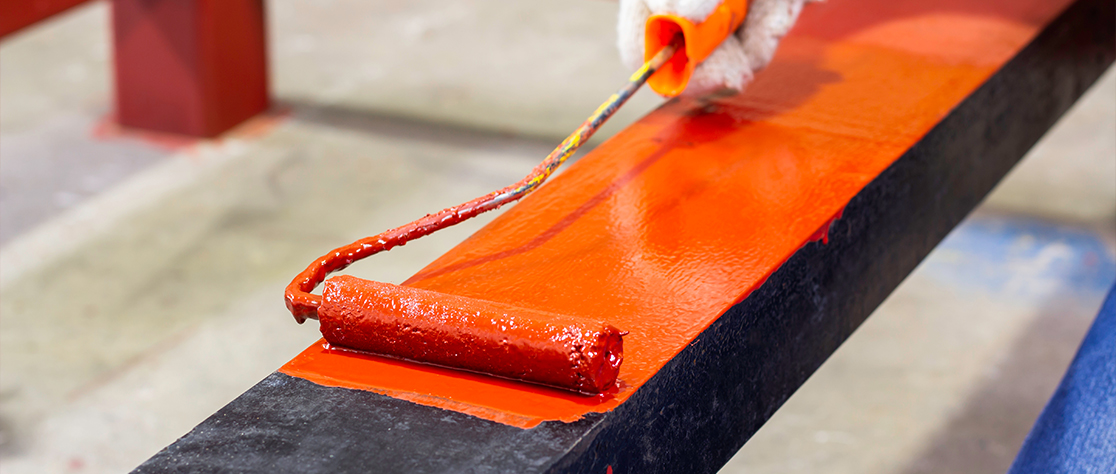Enamel Paint: The Ultimate Guide to its properties and Applications

Bring new life to surfaces with Enamel paint.
What is Enamel Paint?
Enamel is a type of paint made with synthetic resin or varnish, making it glossy, hard, and durable. It is oil-based and can be used to paint anything, from the wood trim inside your home to smooth surfaces on outdoor metal furniture. Enamel paint is a popular choEnamelice among homeowners, contractors, and DIY enthusiasts for its rugged, glossy finish and lasting durability.
Why Enamel?
Enamel paint can be a great choice to meet your versatile paint needs, and here is why:
- It is known for its durability and is ideal for high-traffic areas such as hallways and kitchens, protecting the wood in doors and cabinets from chipping and fading.
- It is water-resistant and can withstand exposure to moisture, making it an excellent choice for areas exposed to humidity or dampness, like wooden bathroom cabinets.
- Enamel paint is used on metal surfaces like gates, fences, appliances, and fixtures since it is resistant to corrosion and rust.
- Enamel paint is easy to clean. It is recommended for families with small children since these kids enjoy drawing on the walls.
- One of the standout features is that enamel paint adheres to a wide range of materials, from slick to porous, from metal to plastic. Its excellent adhesion
property allows it to bond well with every material form, creating a long-lasting and durable finish.
How to apply Enamel paint?
If you feel enamel paint is the right choice for your home, here are the steps you should follow for its application.
Step 1: Preparation
The surface where you want to apply the paint must be cleaned. This includes removing dirt or grease and filling out any cracks or holes in the surface. For best results, you can use a mild detergent to clean the surface.
Step 2: Priming
Once the surface has been cleaned, a primer coat must be applied to the surface, making the surface smooth and even to enable excellent adhesion. It would prevent the paint from chipping or peeling off.
Step 3: Application
Apply thin coats and avoid over-applying to ensure the surface is evenly painted and there are no drips. Note that each coat is dried before the next coat is applied. Use a good quality brush and roller for application, a small brush for detailed areas, and a large roller for larger areas.
Step 4: Drying Time
Enamel paints take longer to dry than other types of paints. Follow the manufacturer’s instructions regarding drying time and avoid touching the surface until dry.
Step 5: Maintenance
To maintain the longevity of enamel paints, it is essential to maintain the surface properly. Use mild detergents and a soft cloth to clean the surface, and avoid using harsh cleaners that can damage the surface.With proper cleaning, preparation, and application, enamel paints can provide a long-lasting and beautiful finish to any surface in your home.




